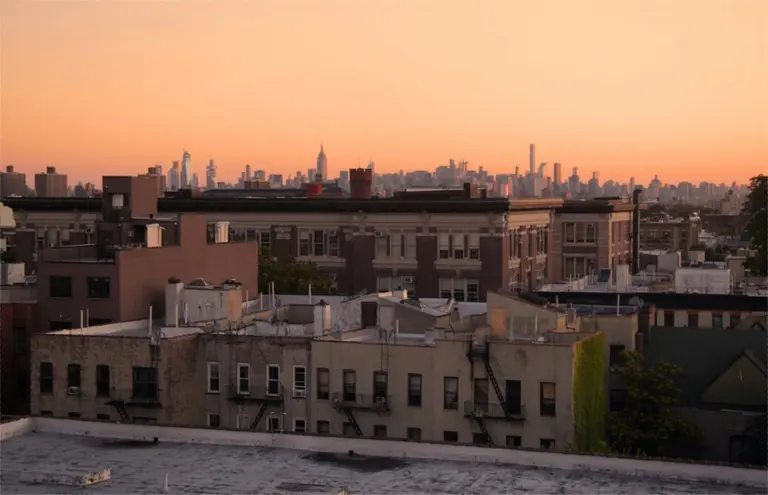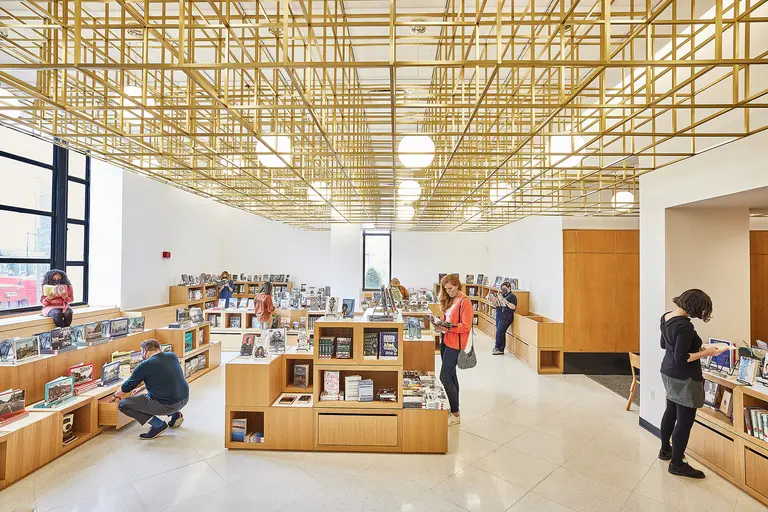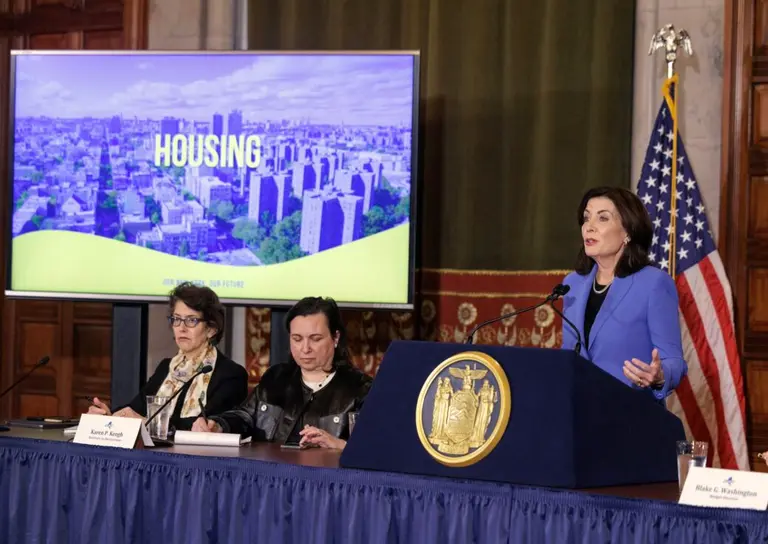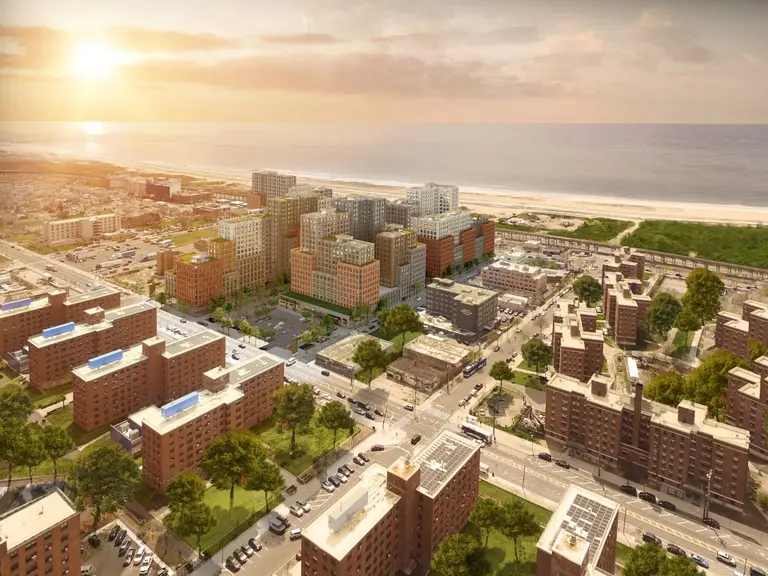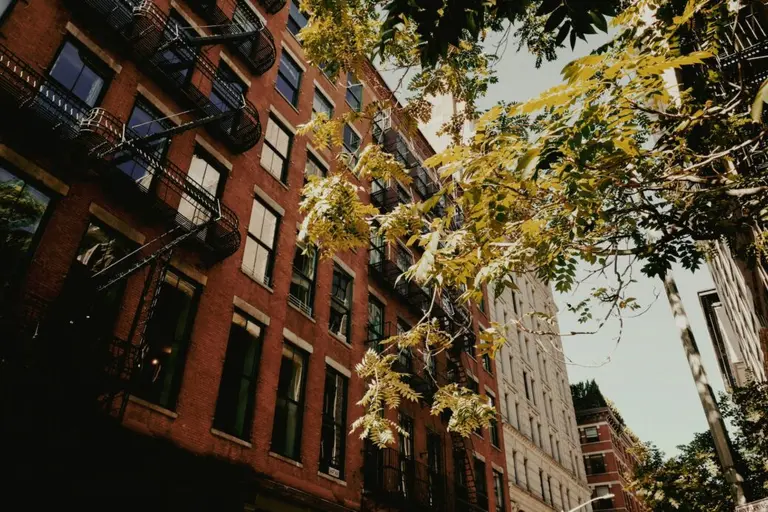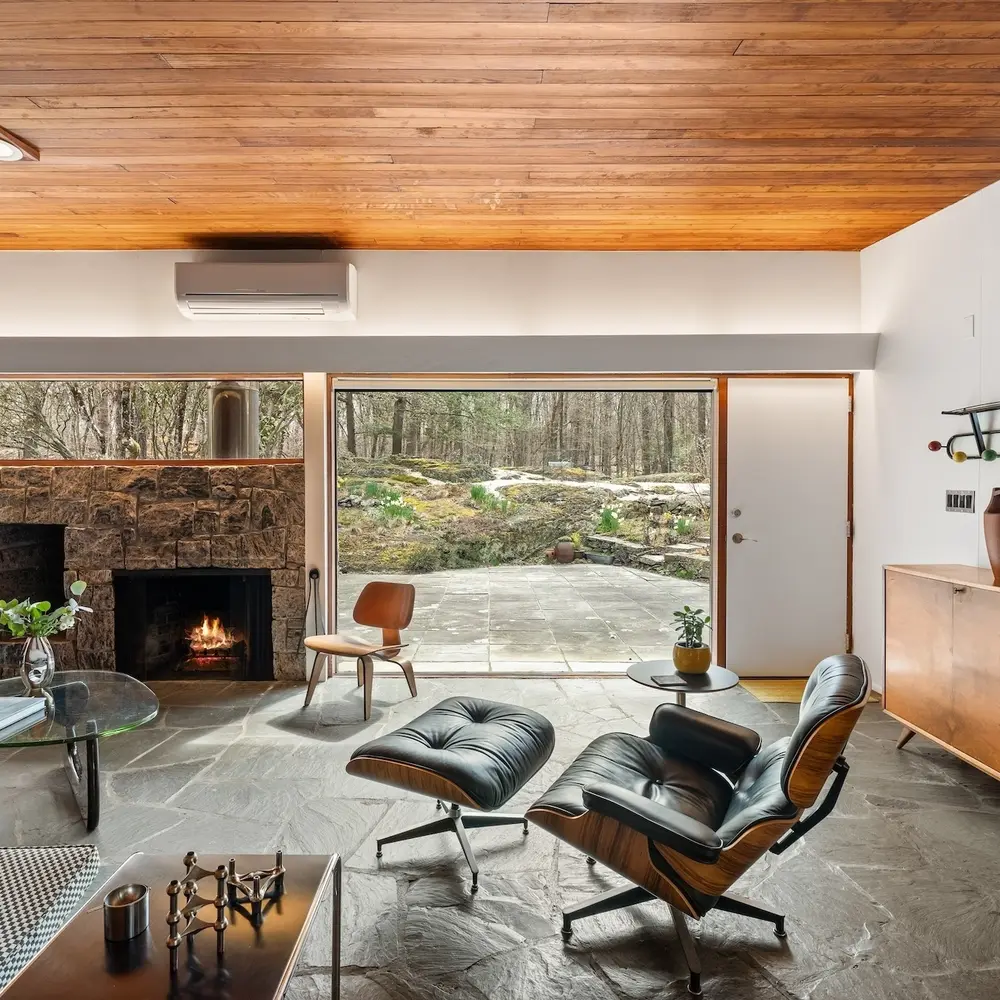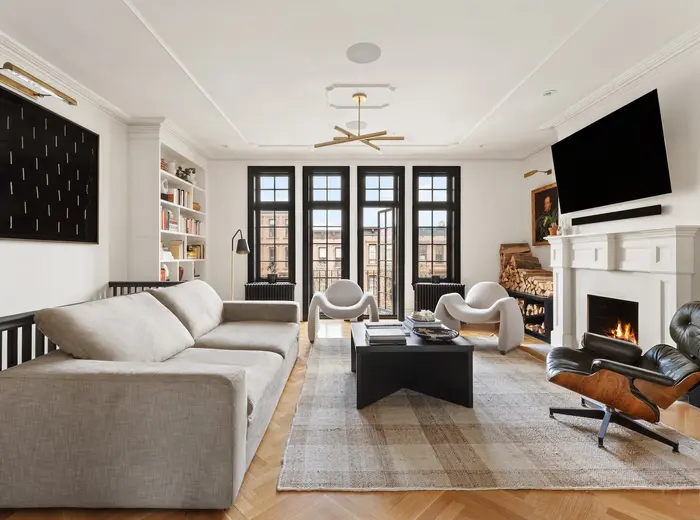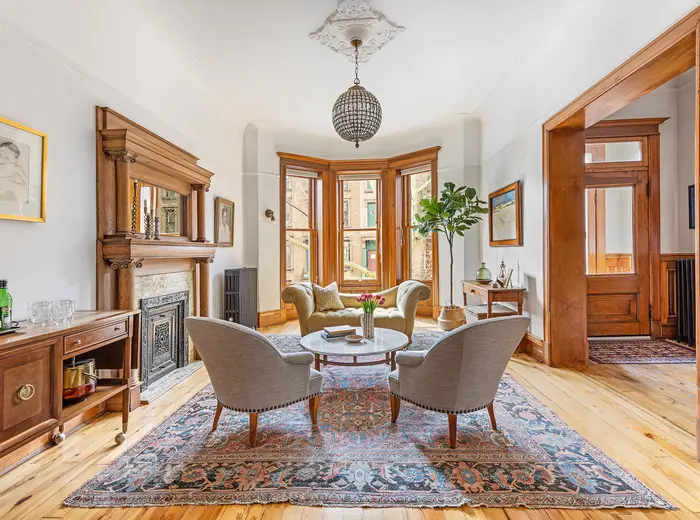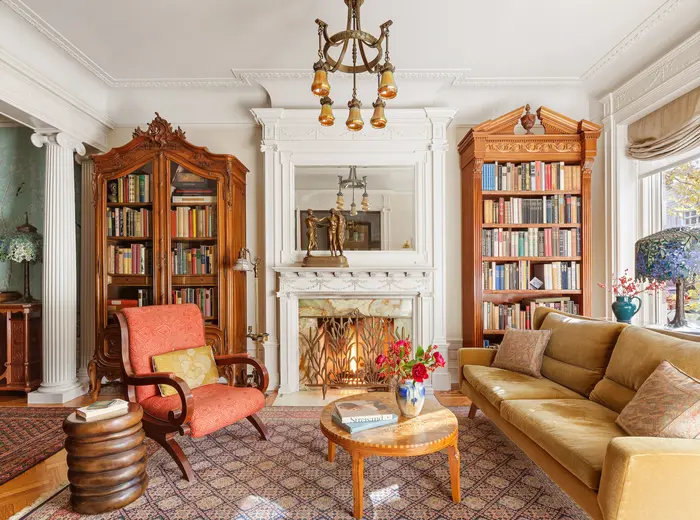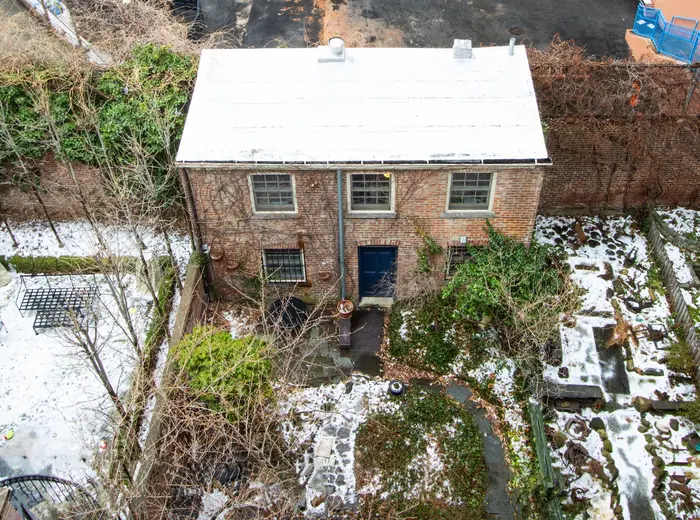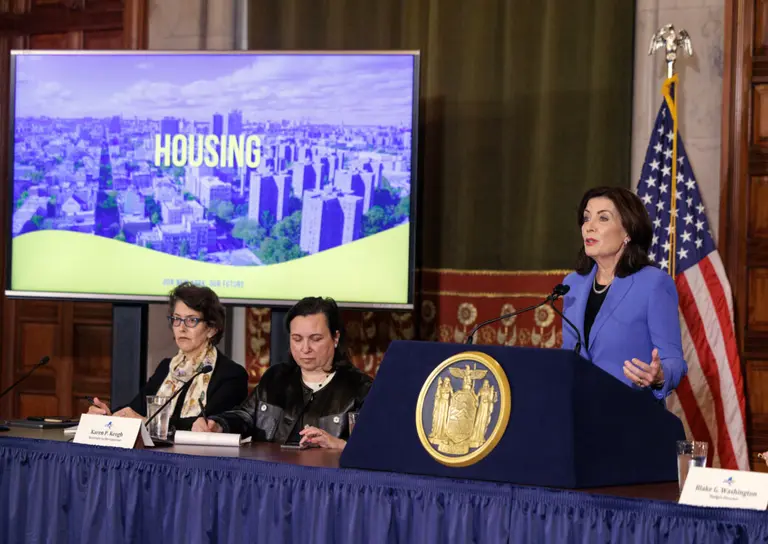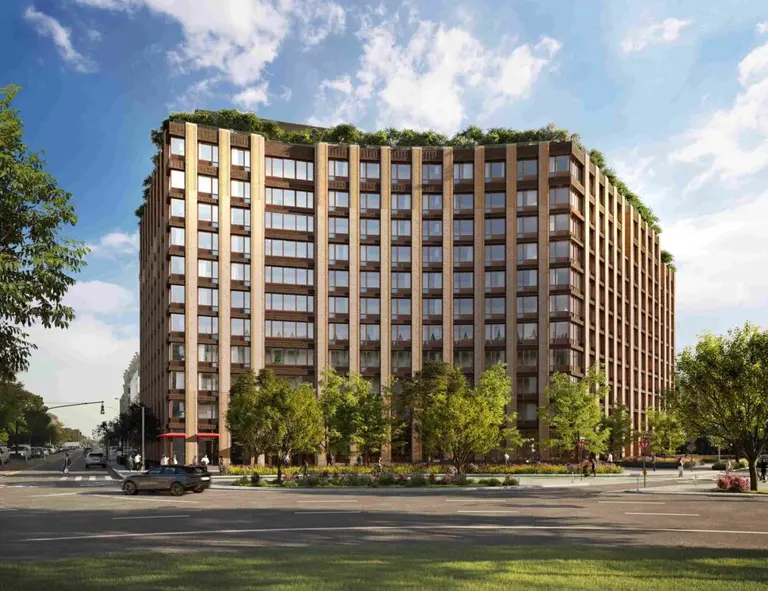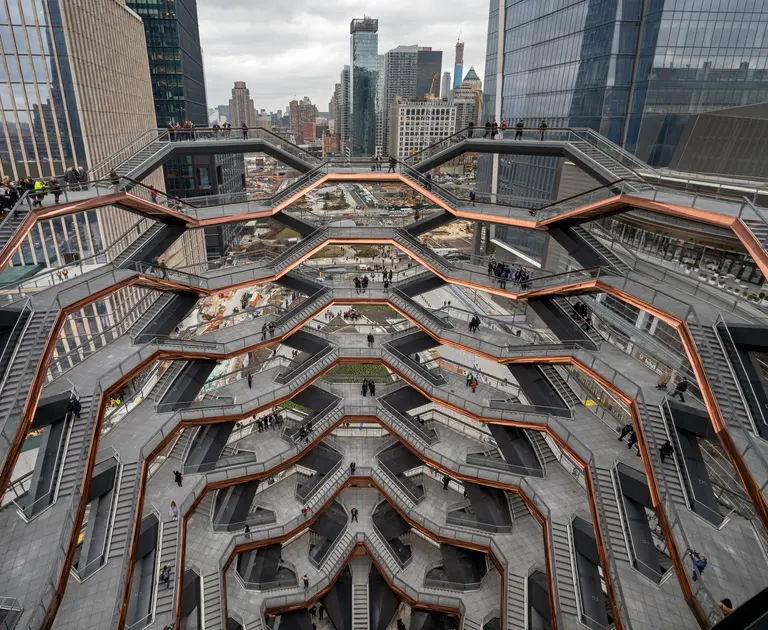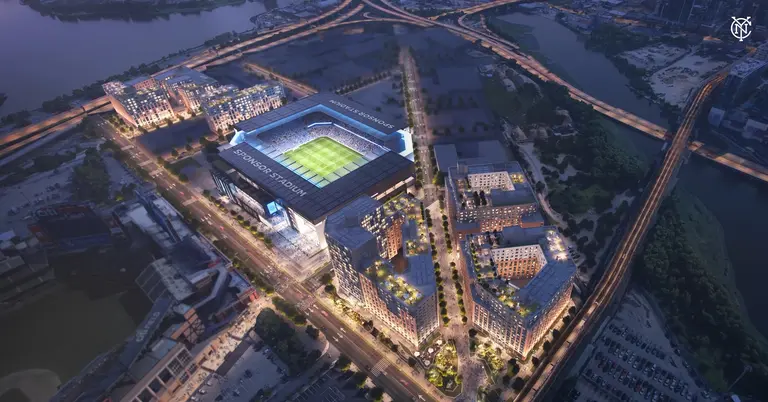De Blasio increases affordable housing goal by 100,000 units
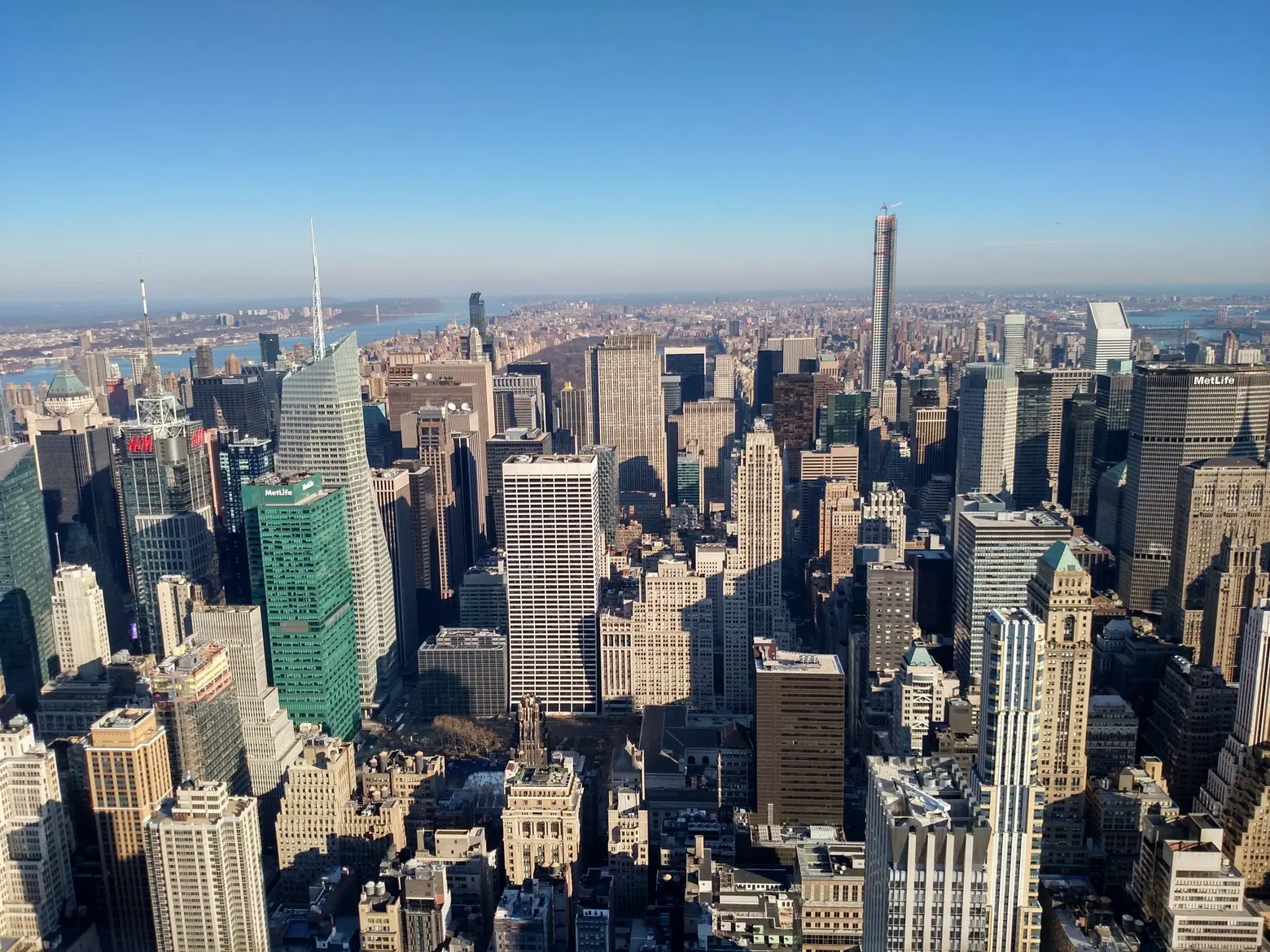
When Mayor de Blasio took office in 2014, one of his main initiatives was his ambitious goal to build and protect 200,000 units of affordable housing over 10 years. But in an announcement today, he revealed that his administration will reach this goal two years early, by 2022, and therefore has set a new goal of 300,000 units by 2026, which will mean securing 25,000 affordable apartments annually by 2021. According to a press release, “the Mayor will unveil a battery of new programs designed to realize this new goal,” one of which is the “Neighborhood Pillars” program that “deploy a $275 million public-private fund to target fast-changing neighborhoods where aggressive speculators threaten traditional rent-regulated apartment buildings.”
As 6sqft reported over the summer, “the city added 24,293 affordable housing units this fiscal year, the most since 1989.” In total, the City has secured 77,651 affordable homes, which is enough for more than 200,000 New Yorkers. Over 40 percent of these units were set aside for New Yorkers earning less than $33,500 or $43,000 for a family of three. However, recent studies criticising the Mayor’s goals say that he’s forgetting the most rent-burdened New Yorkers, noting that “only 14 percent, or 11,000 units, [have] been set aside for households earning about $25, 770 for a family of three.”
Other successes the press release touts are two consecutive years of rent freezes for rent-regulated tenants, tax incentive programs that require at least 25 percent of newly constructed apartments to be affordable (with no tax breaks for luxury condos), and putting 75 percent of public city lots “suitable for housing into production.”
“We’ve kept our promises to New Yorkers, and now it’s time to go farther and faster. Like Mayor Koch before us, we are building an engine that will keep families in safe, decent and affordable homes for decades to come. We will keep this a city for seniors, veterans, working families and the middle class,” said the Mayor.
To meet the accelerated goals, the city will need to allocate an additional $150 million per year in its current four-year financial plan, which will bring the total investment in adding 100,000 more units to $1.3 billion over nine years.
The nation’s largest program of its kind, the Neighborhood Pillars program will “lock in long-term affordability” for 1,000 homes annually, or 7,500 over the next eight years. The Department of Housing Preservation and Housing Development Corporation will provide the public-private financing to “non-profits and other mission-driven organizations” so that they can “purchase older rent-regulated buildings to keep them affordable and keep current tenants in place.” More details should be revealed in the coming weeks about the other programs.
RELATED:
- Study says Mayor de Blasio’s affordable housing plan ignores low-income New Yorkers
- The city added 24,293 affordable housing units this fiscal year, the most since 1989
- Affordable housing lotteries fail low-income residents and favor middle-income earners, says new report
- De Blasio’s 2017 affordable housing plan includes $1.9B for 10,000 new units and Elder Rent Assistance program
Lead photo via Public Domain Pictures
